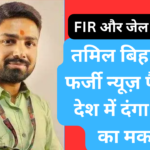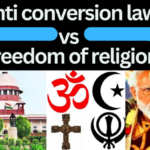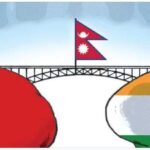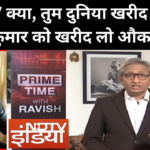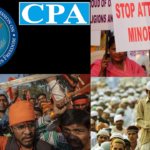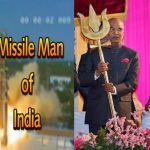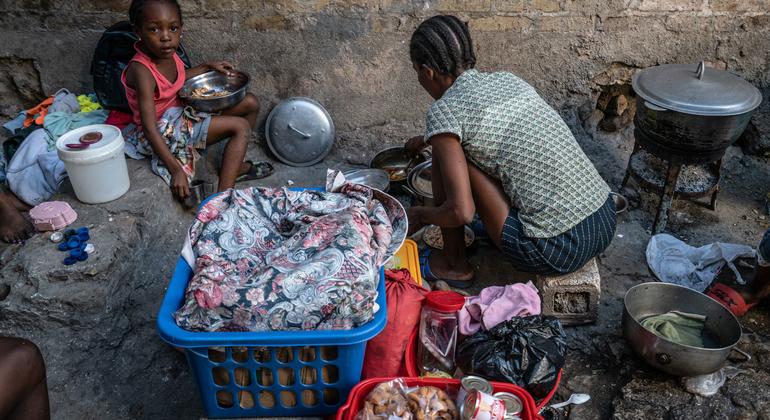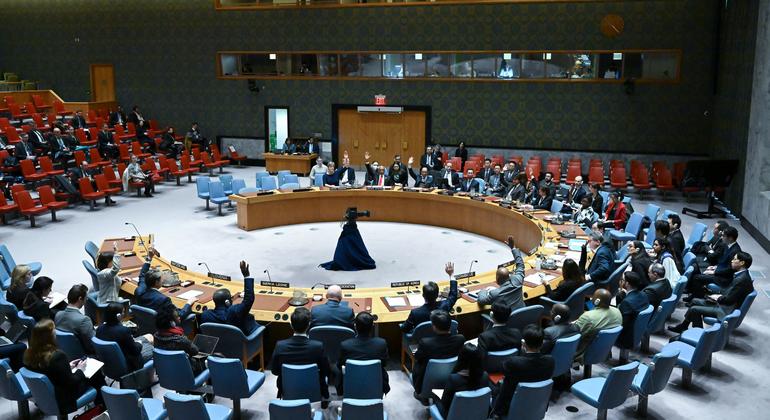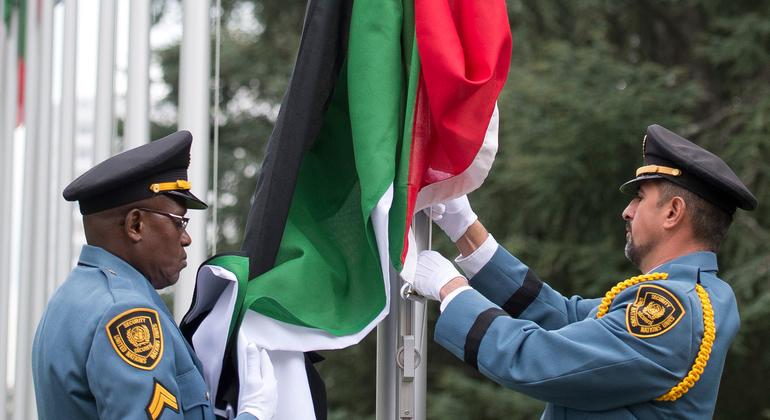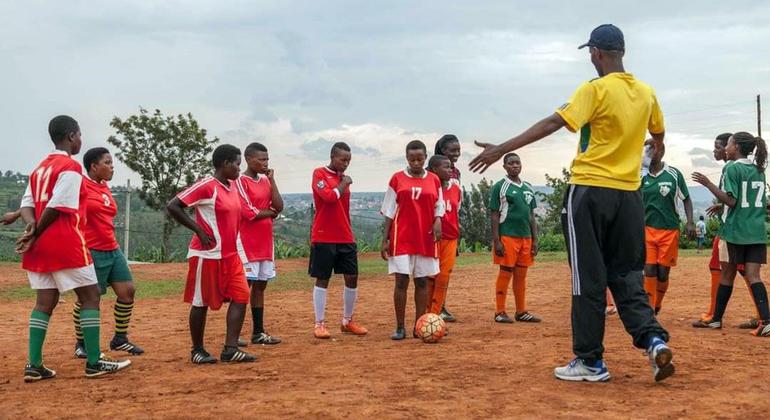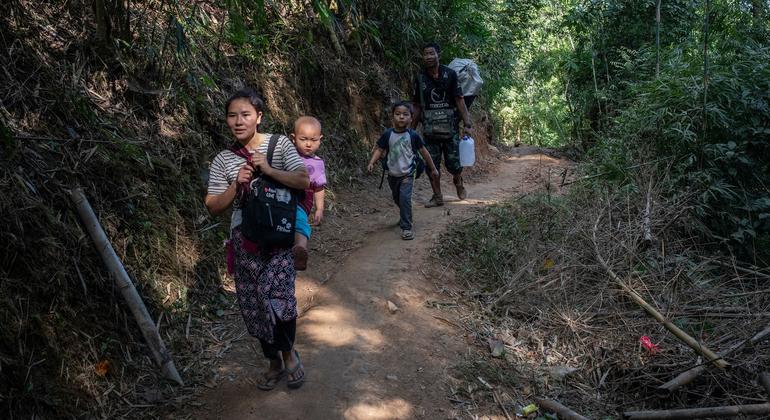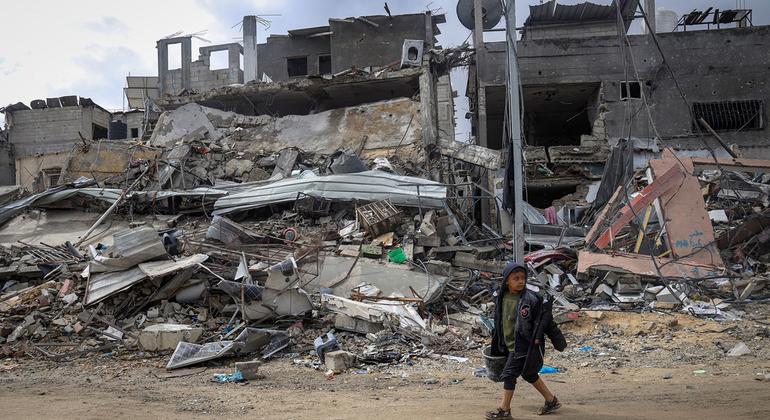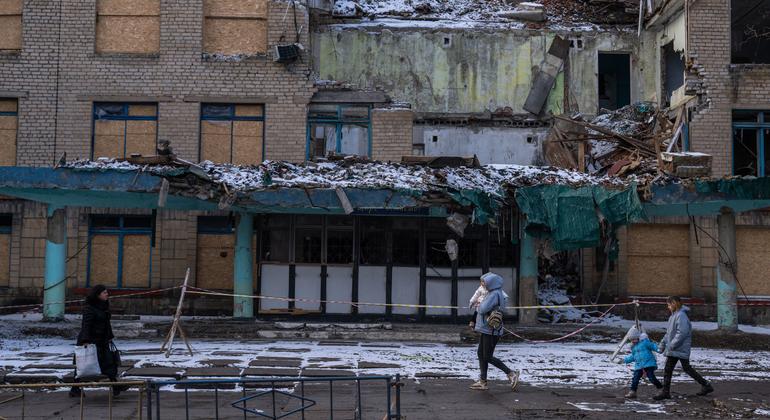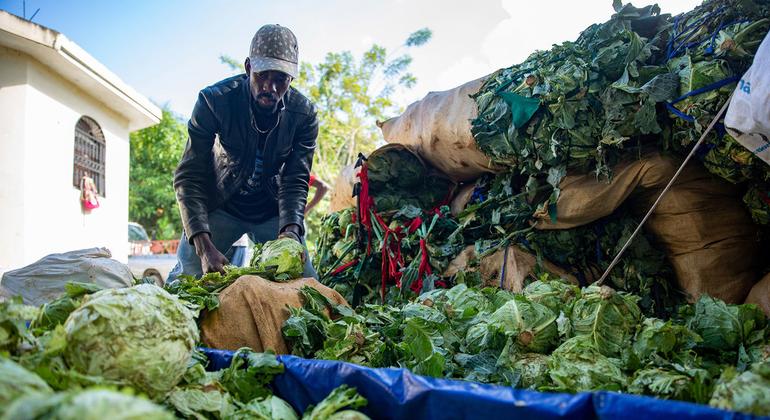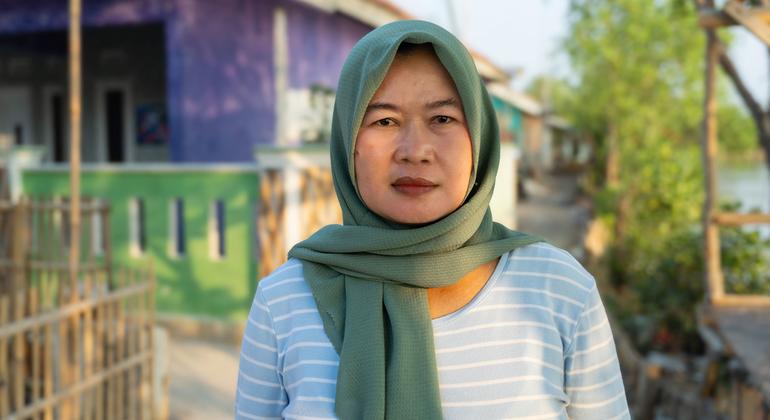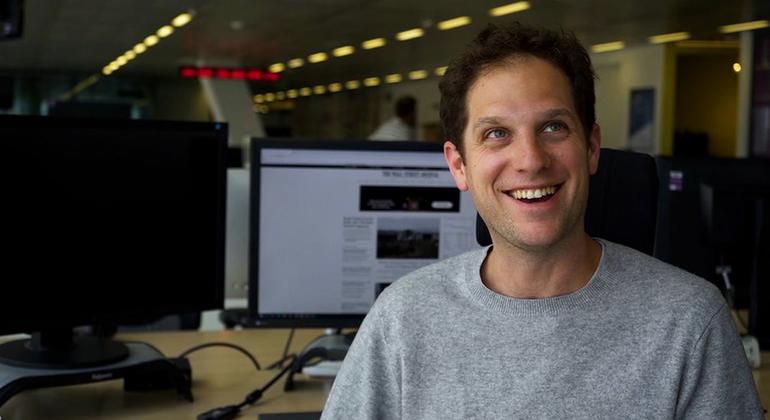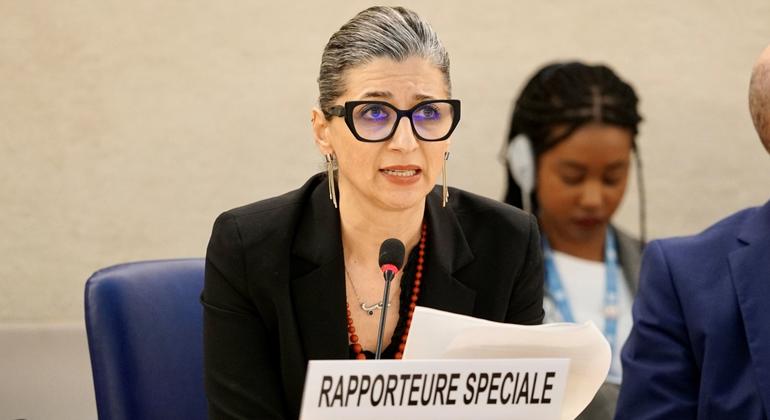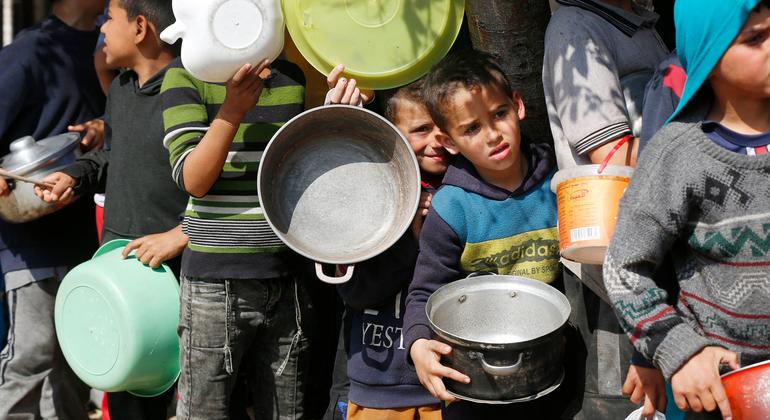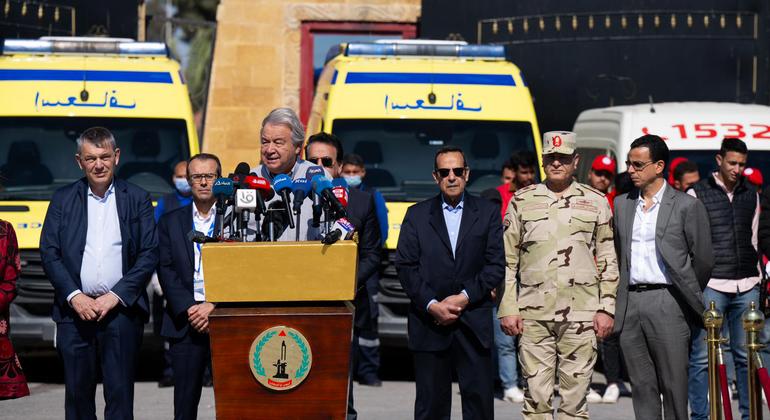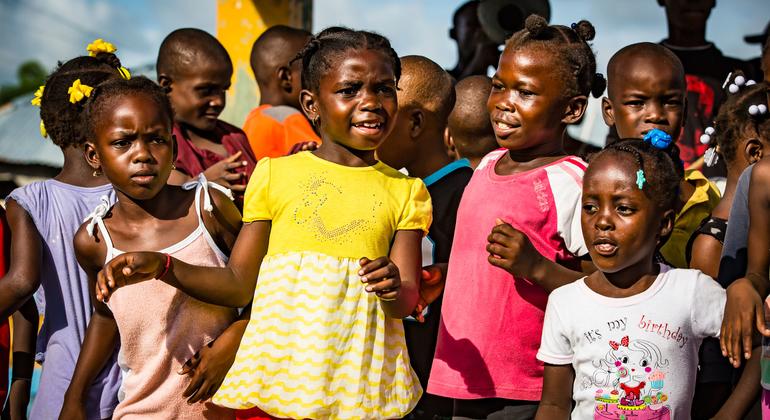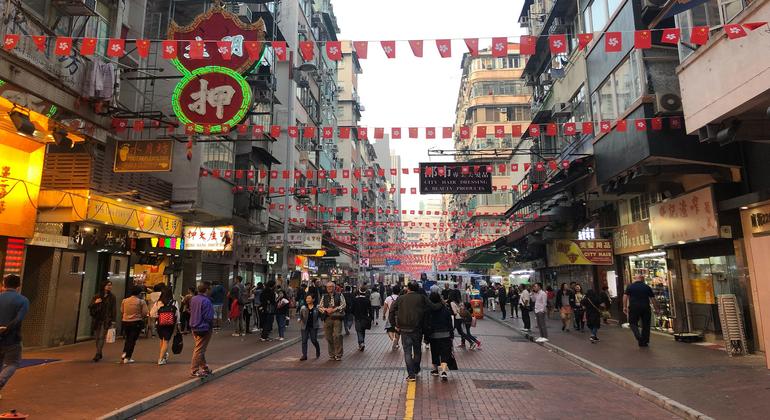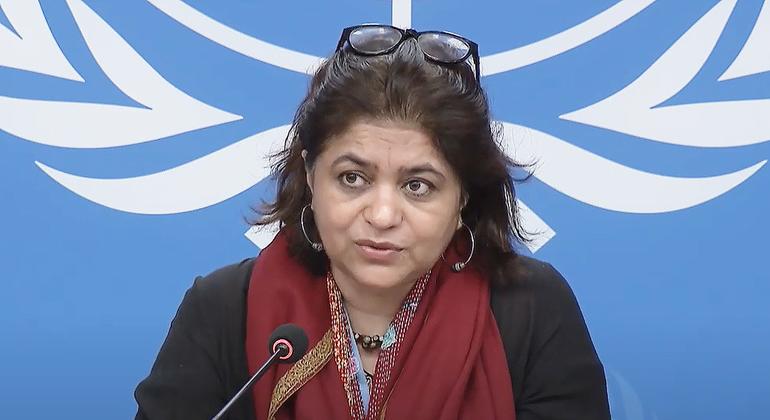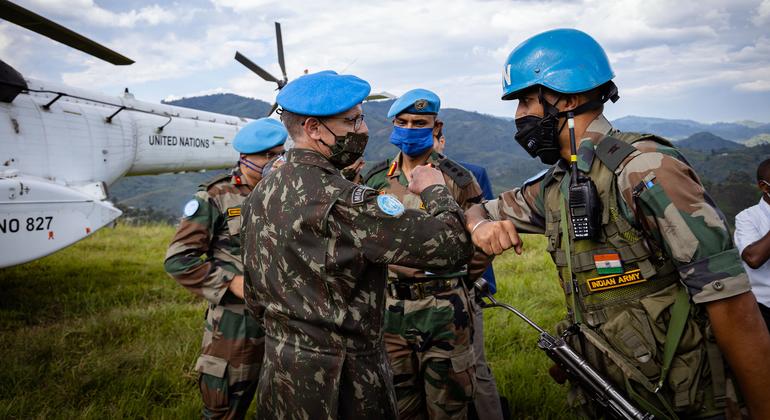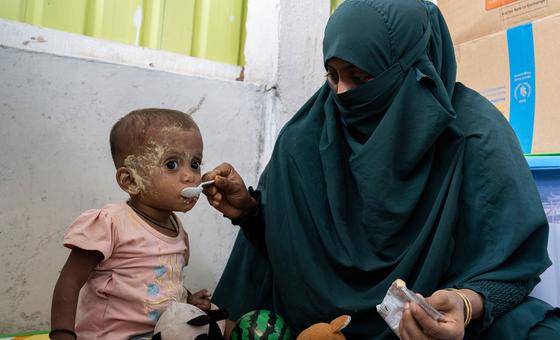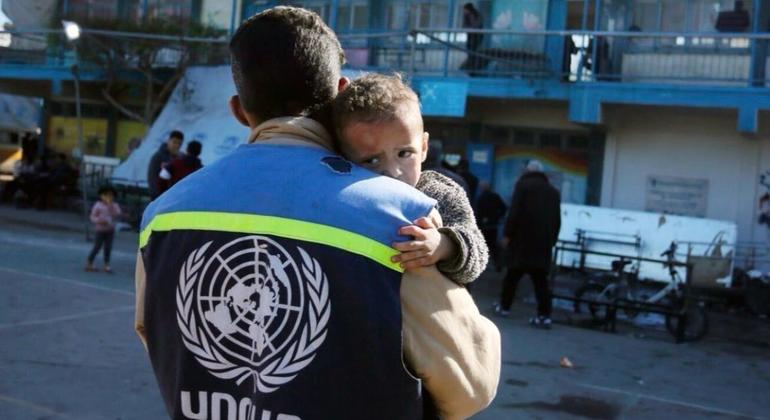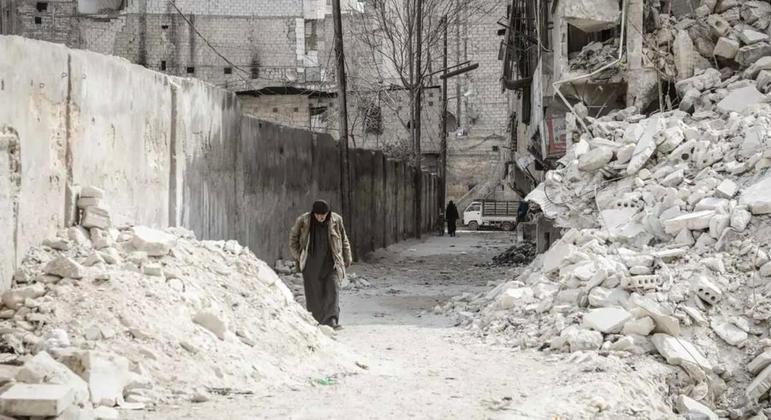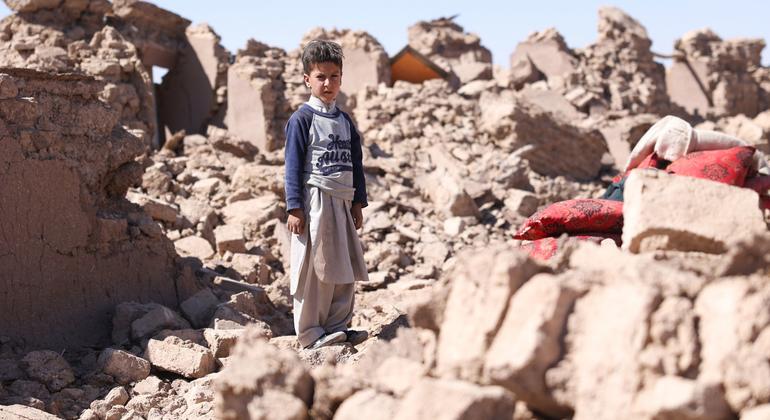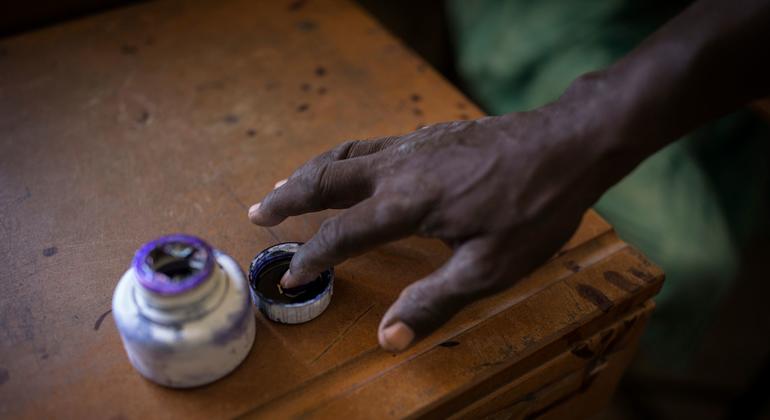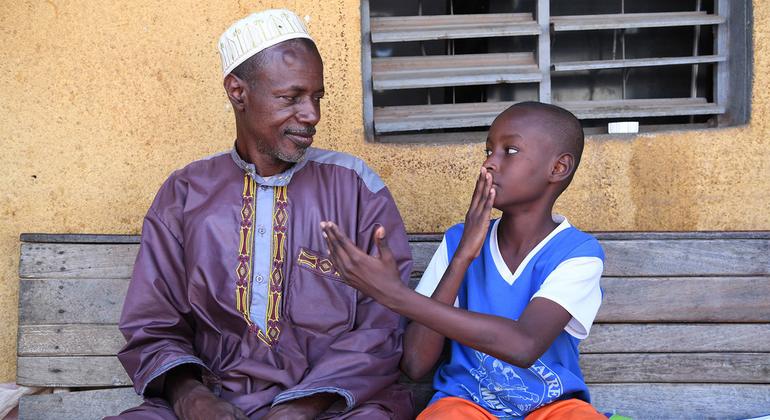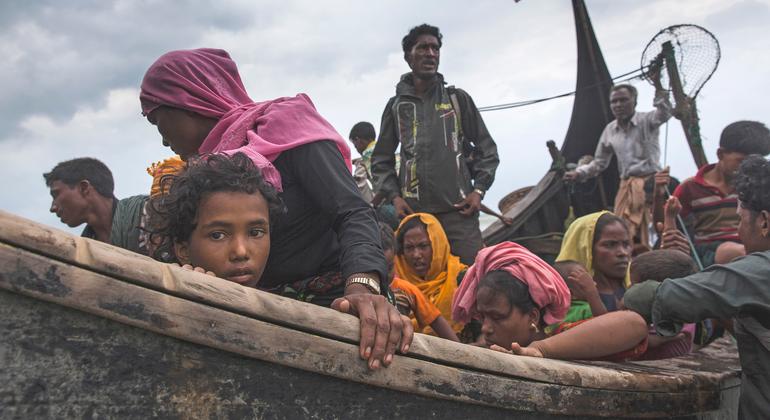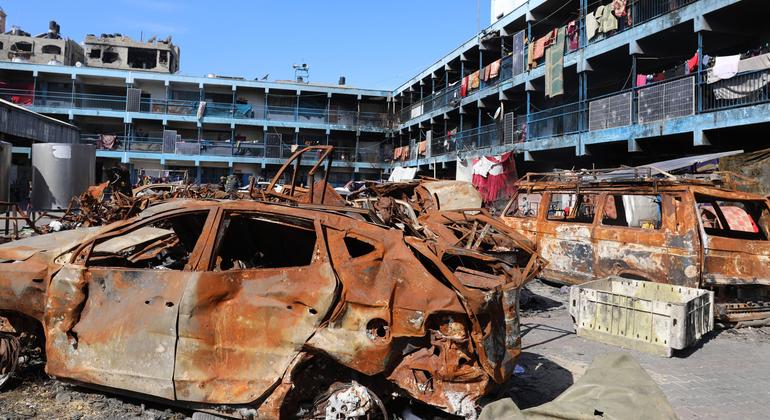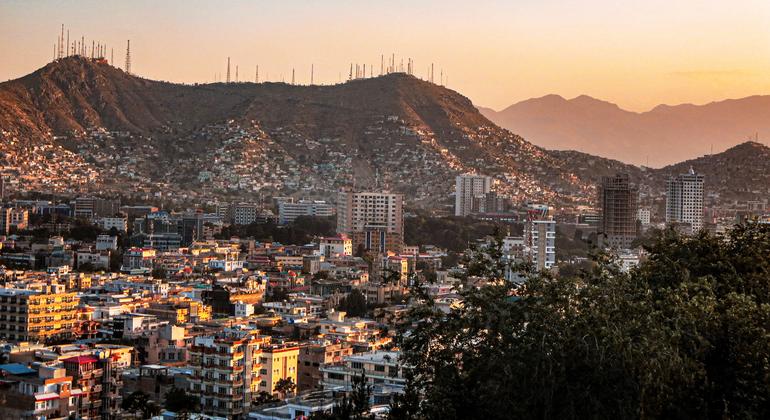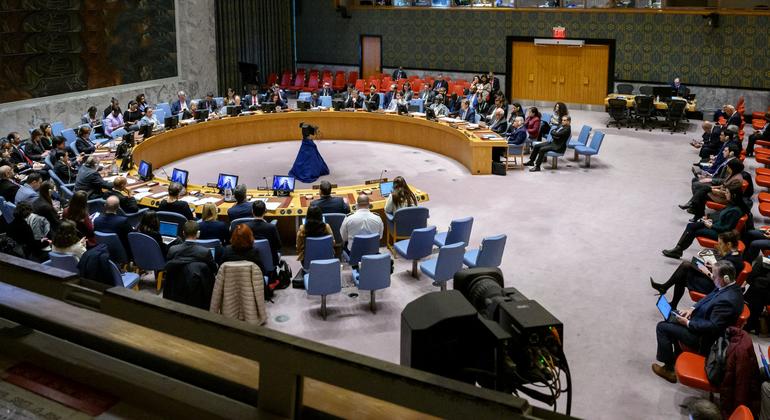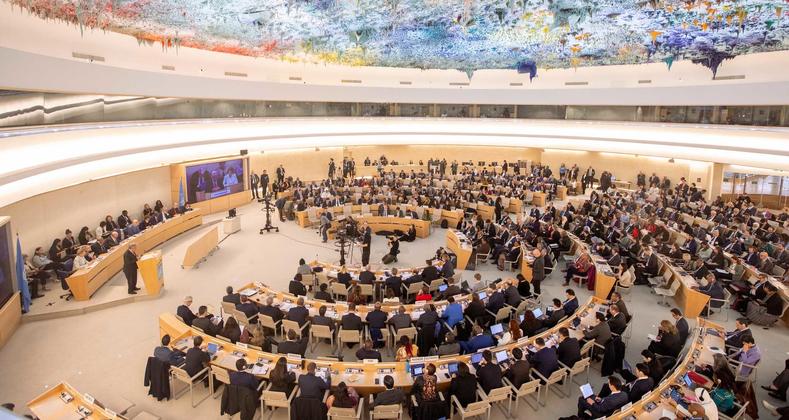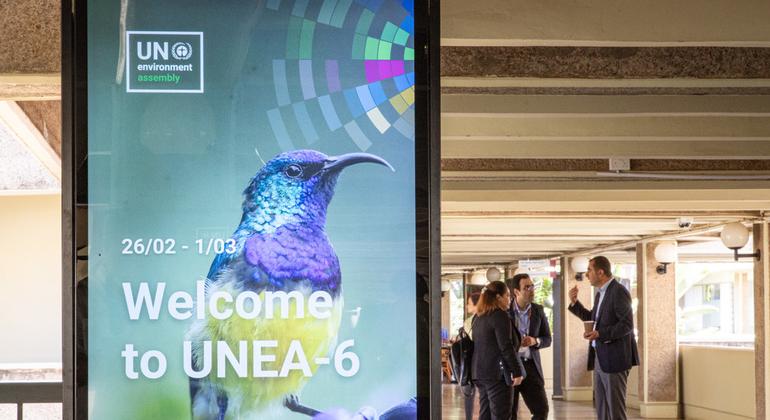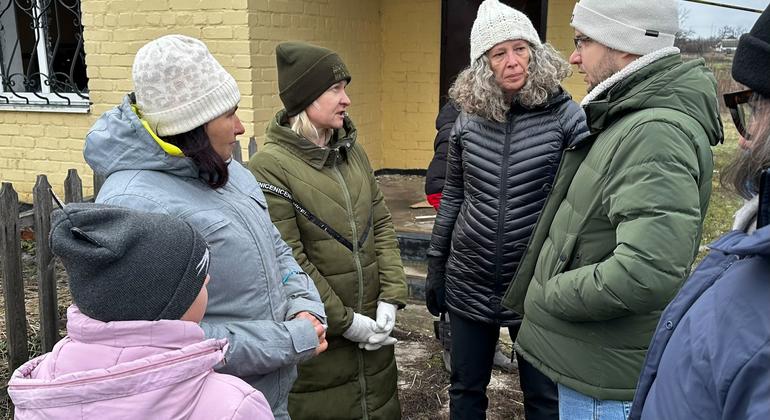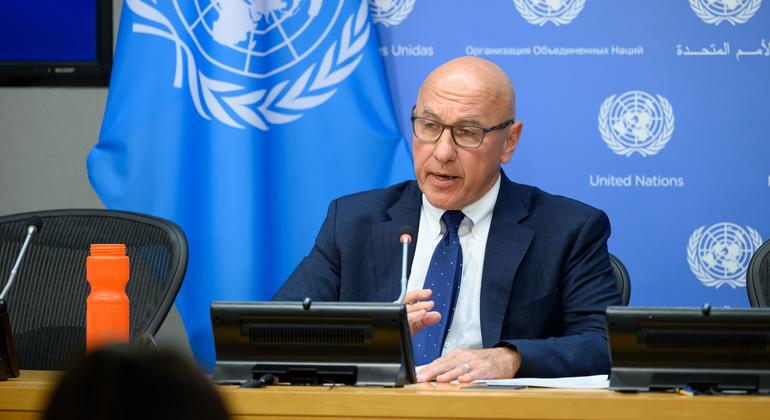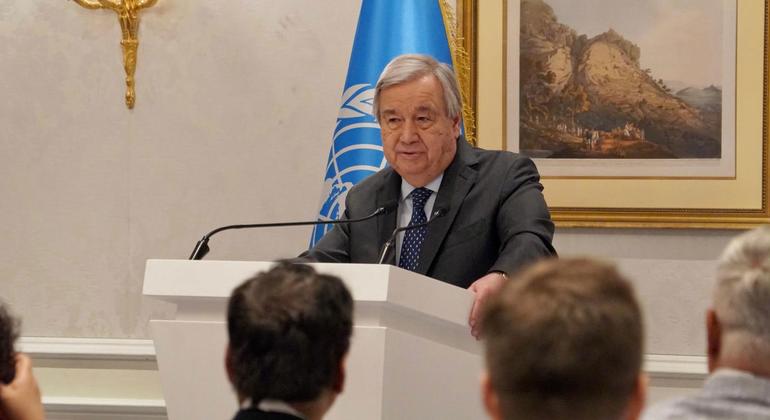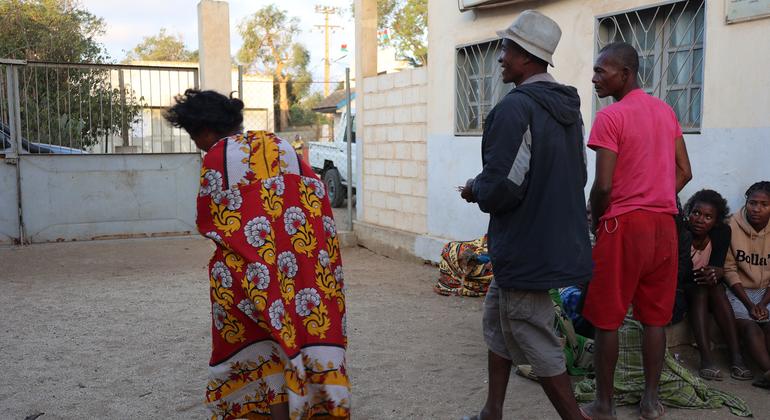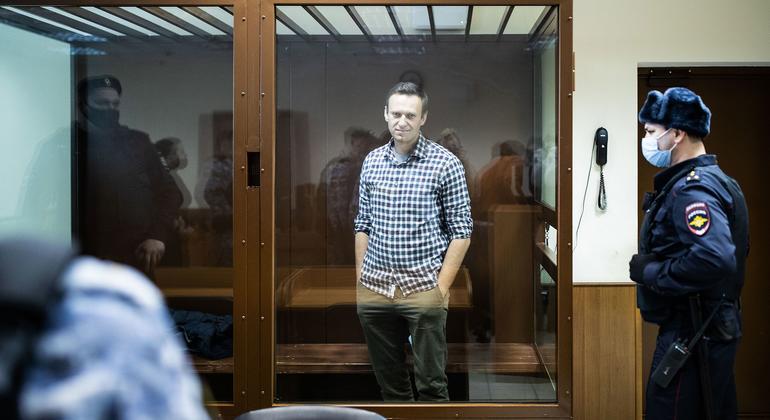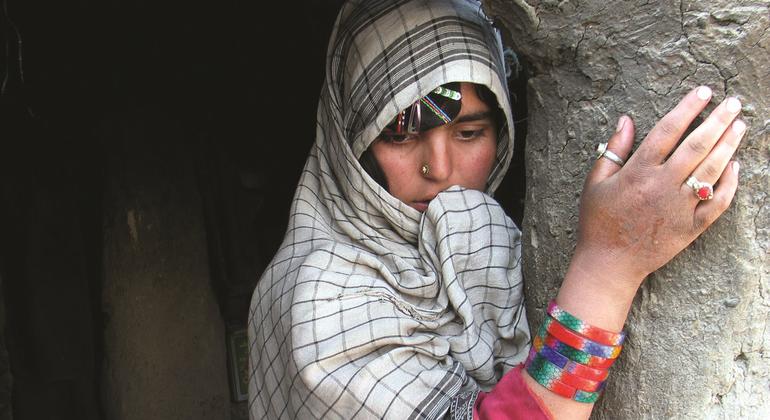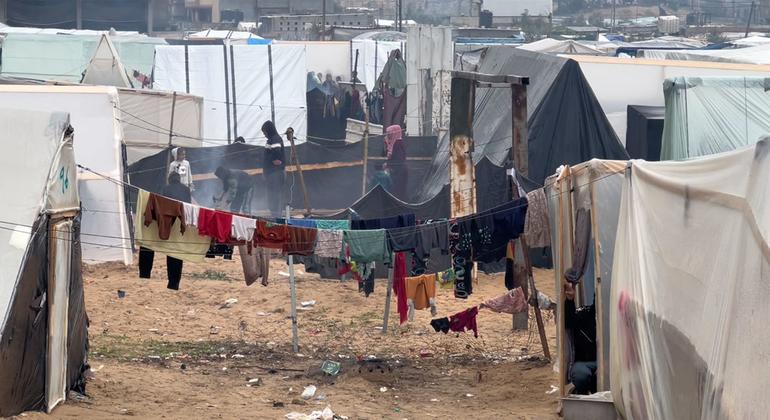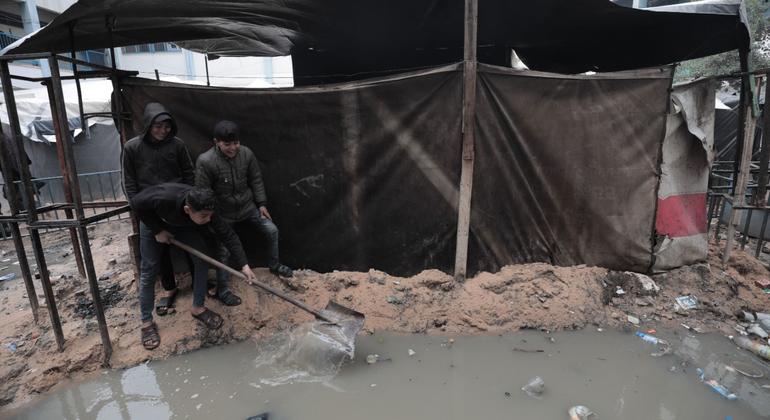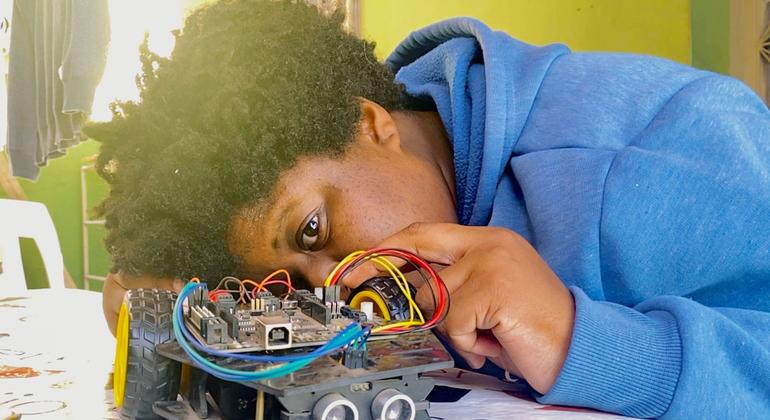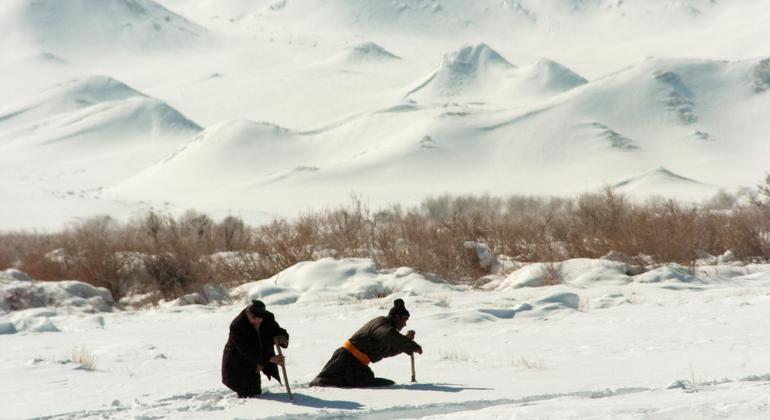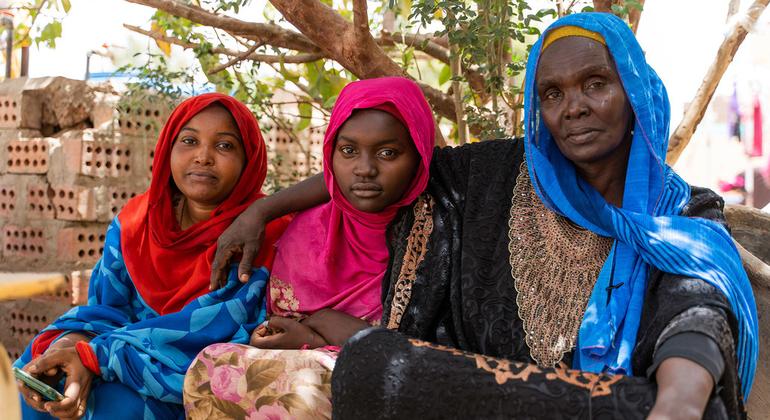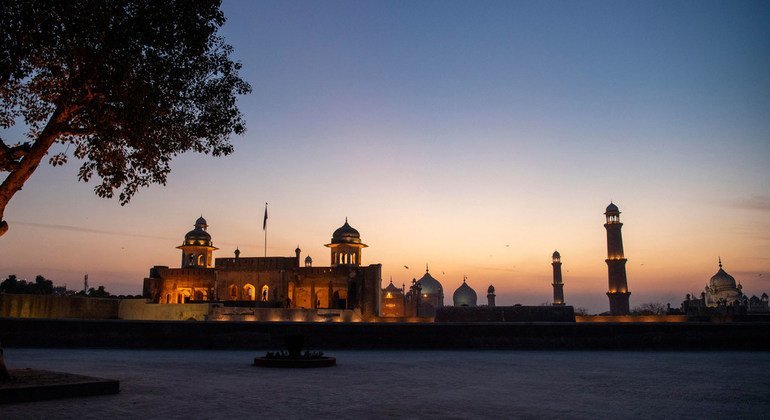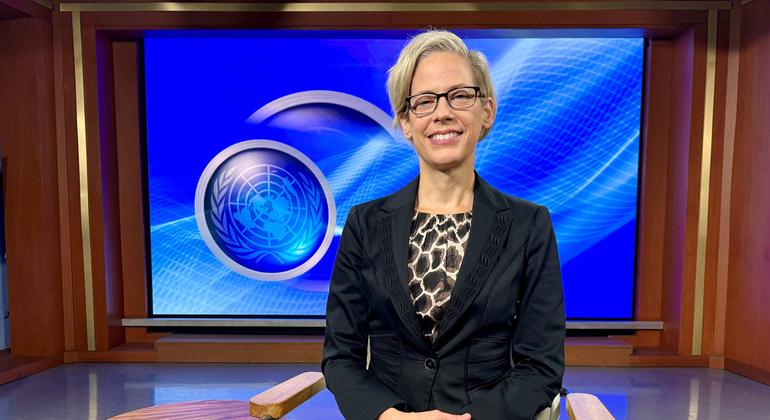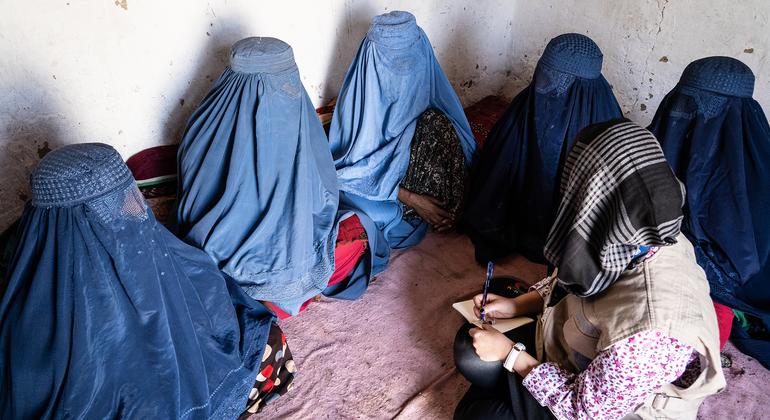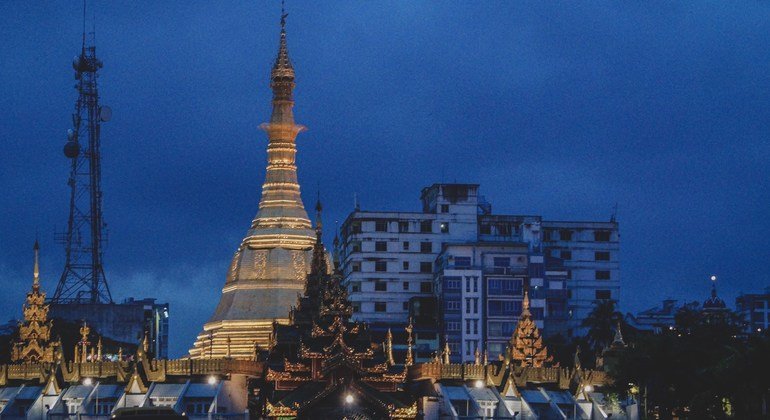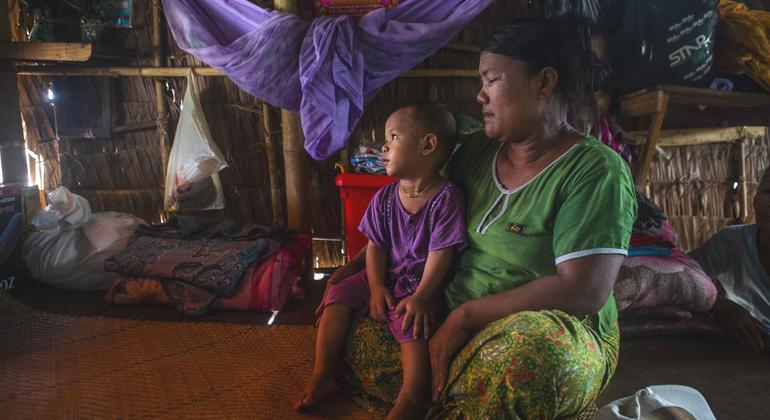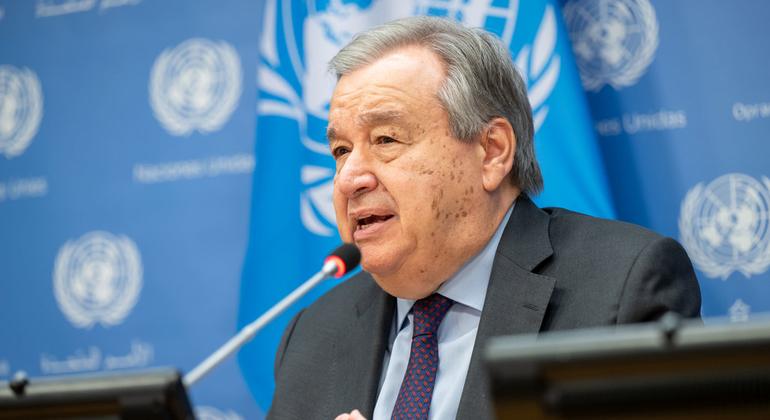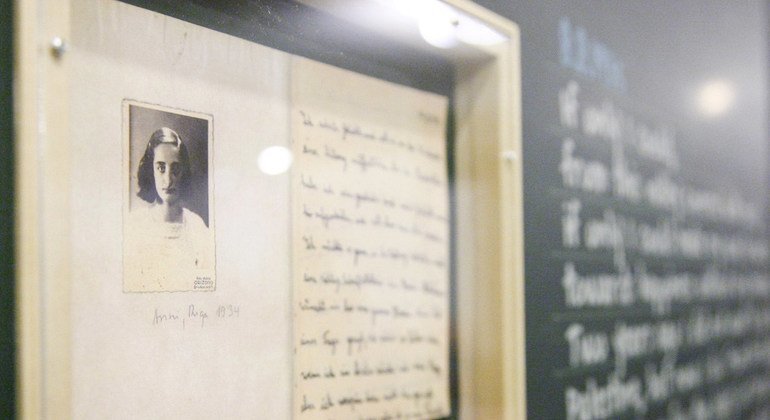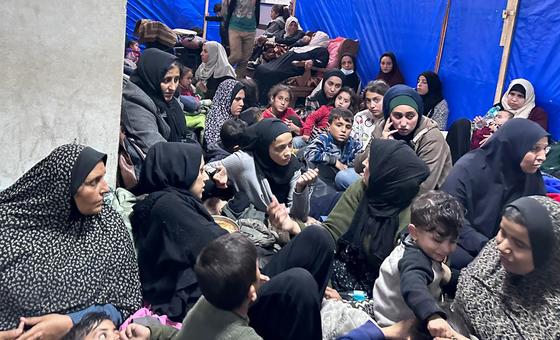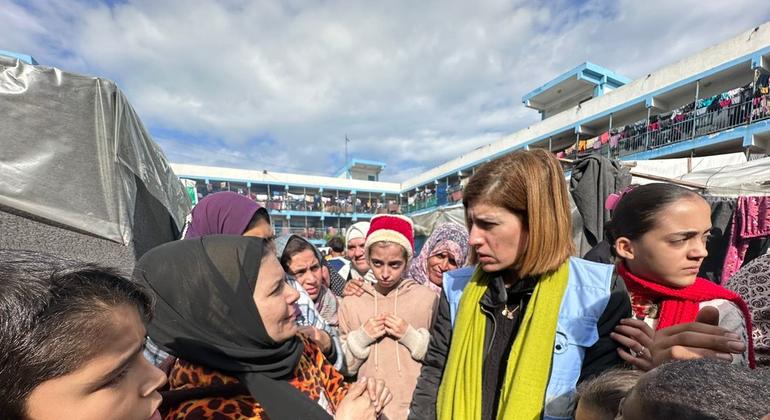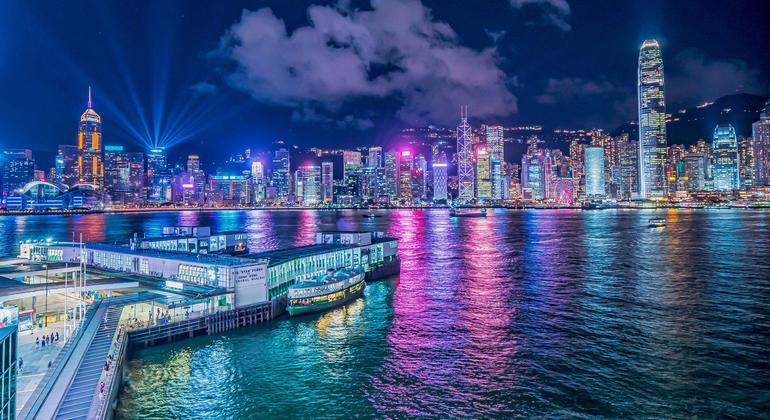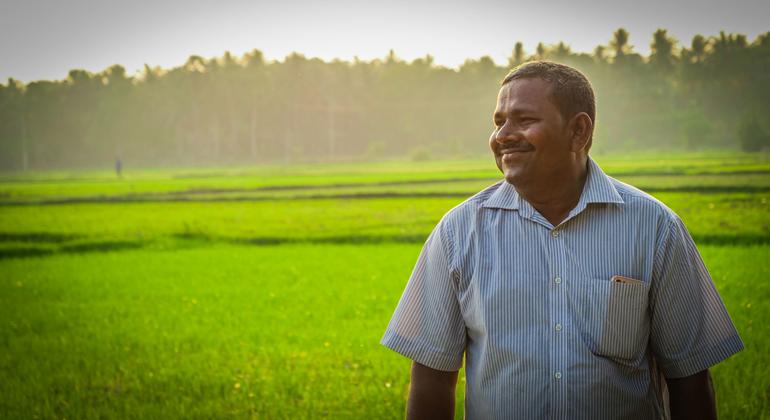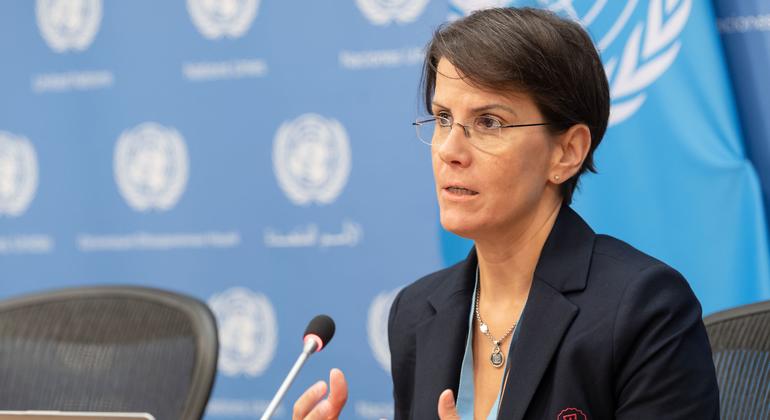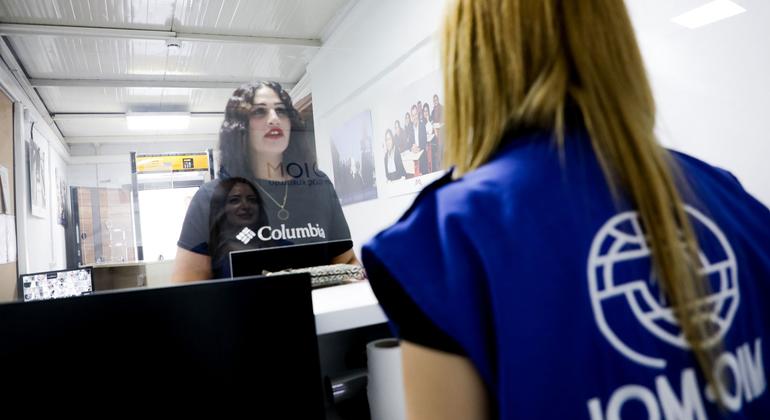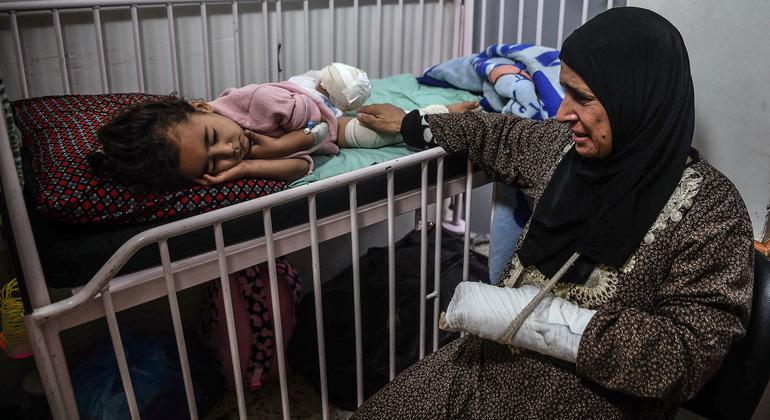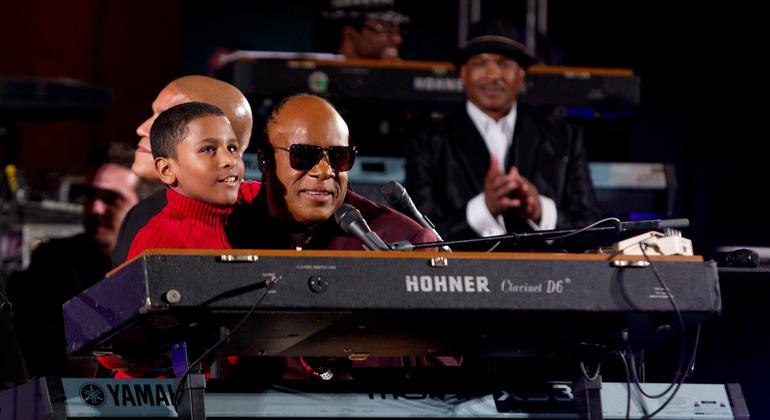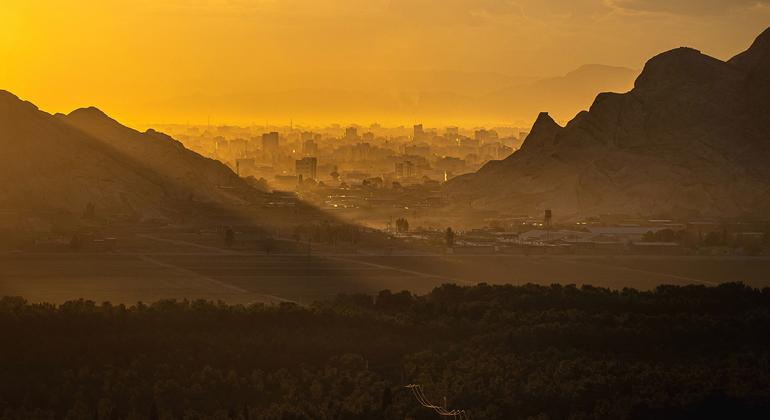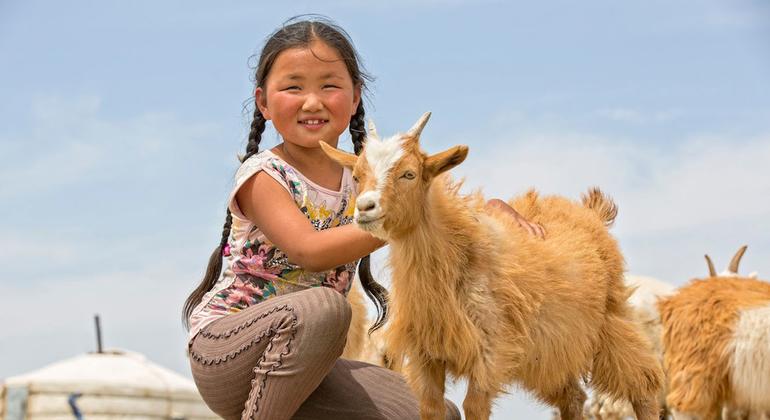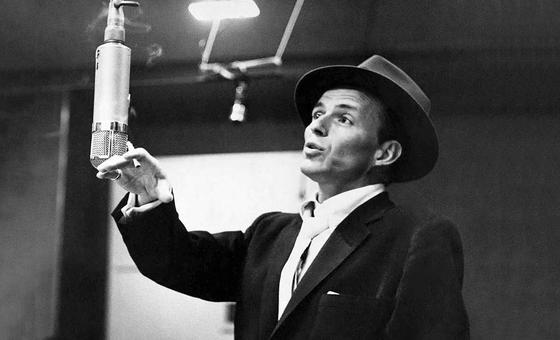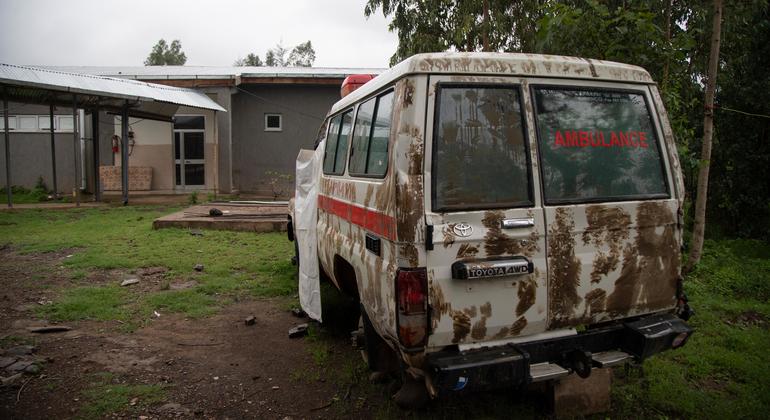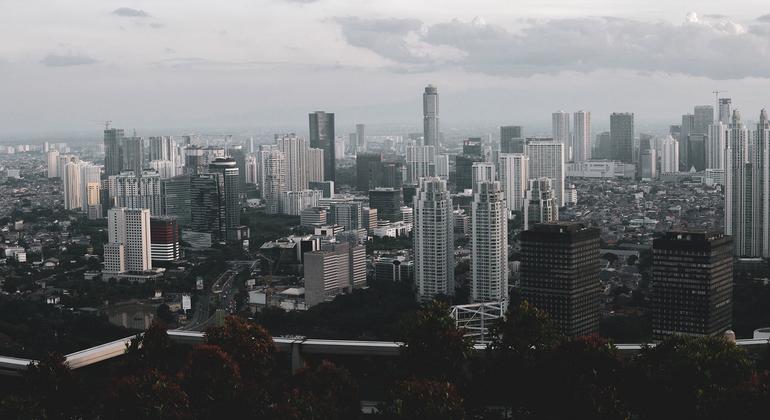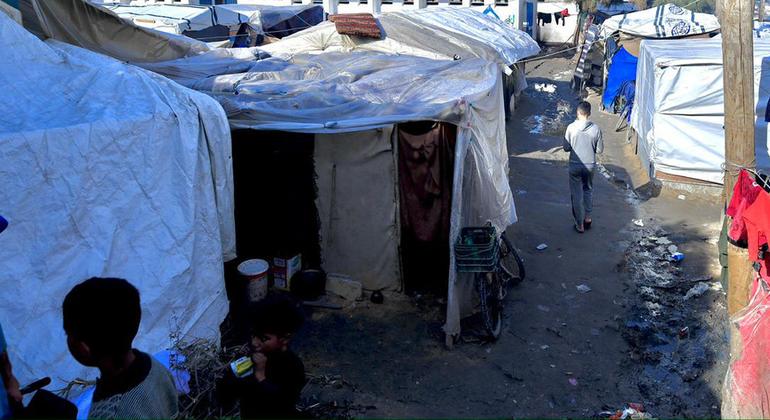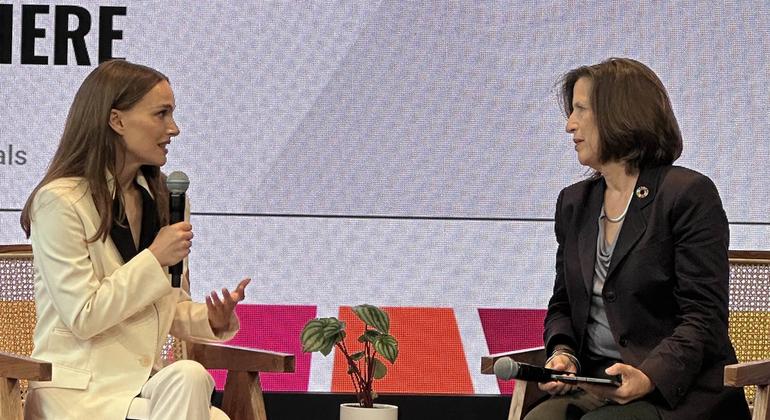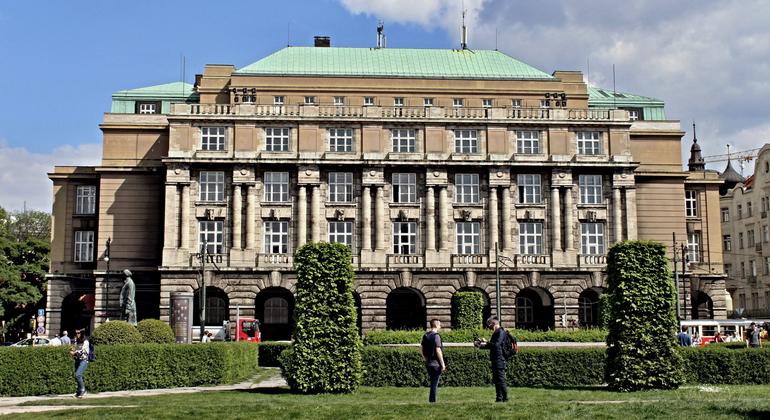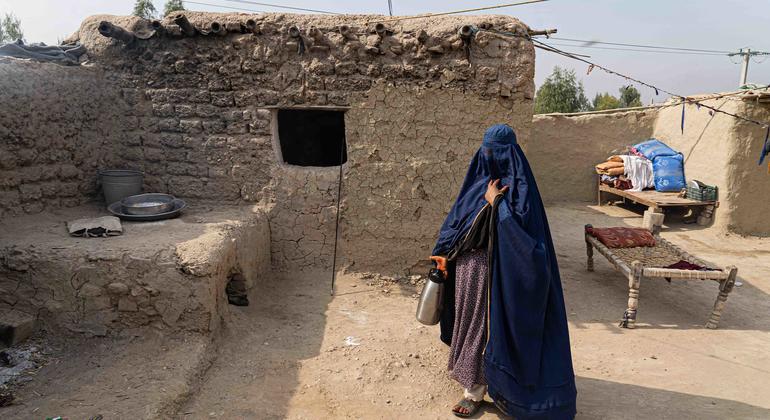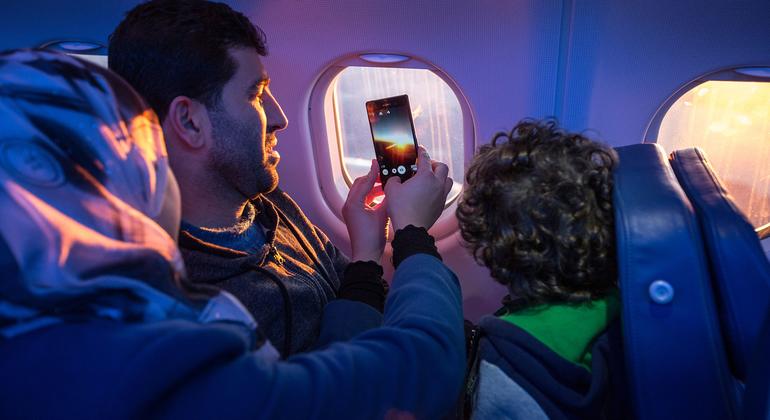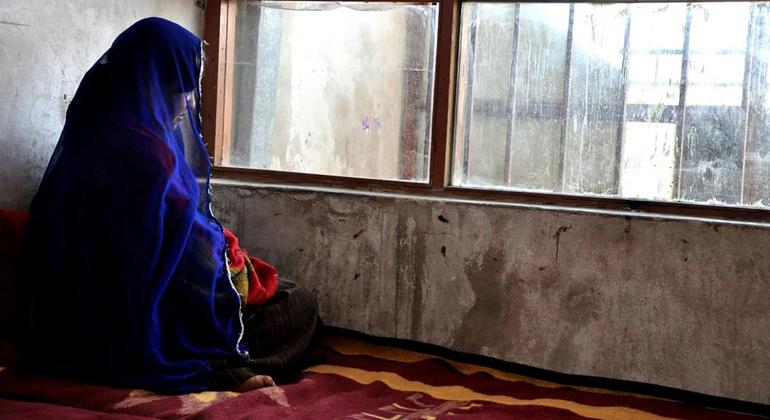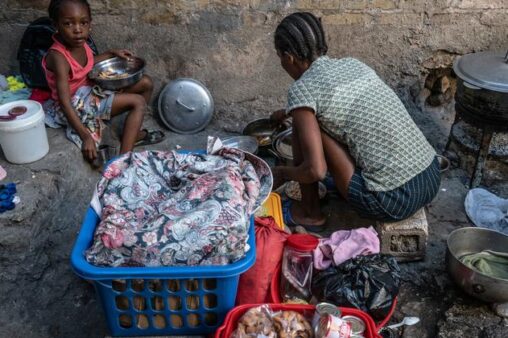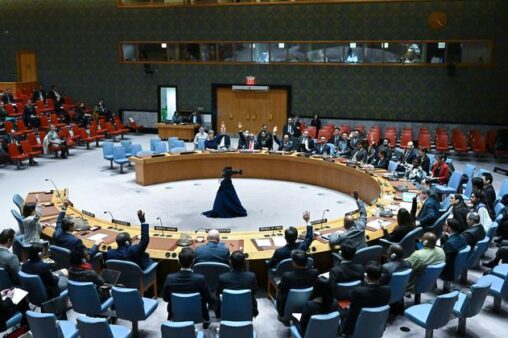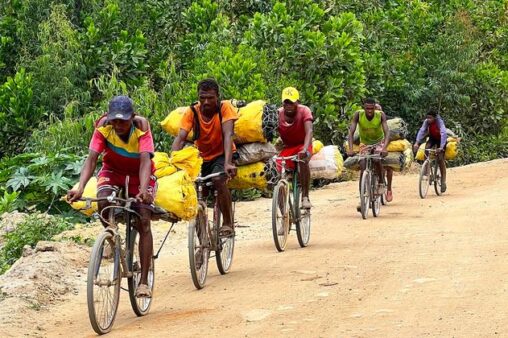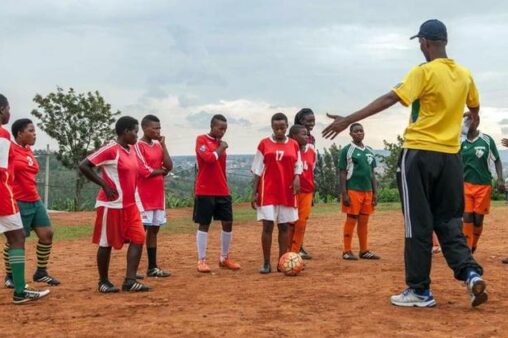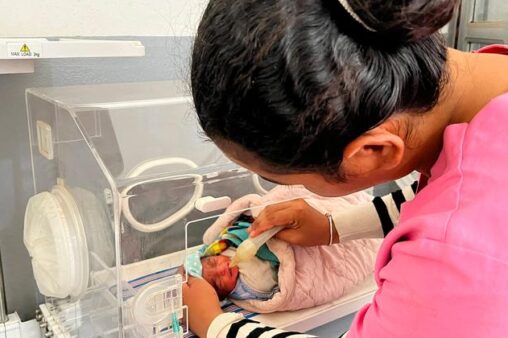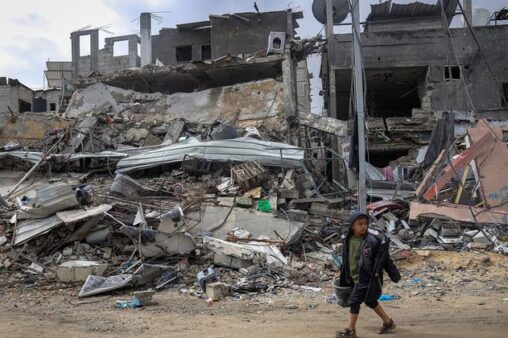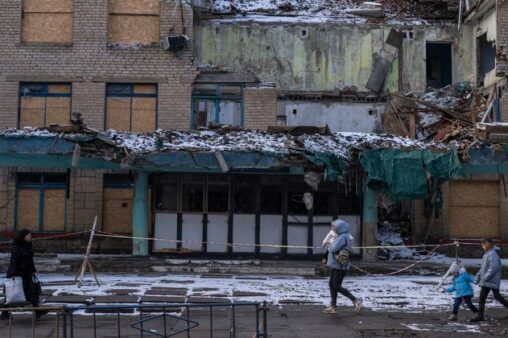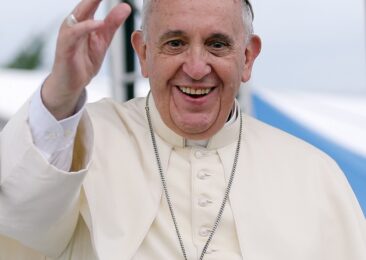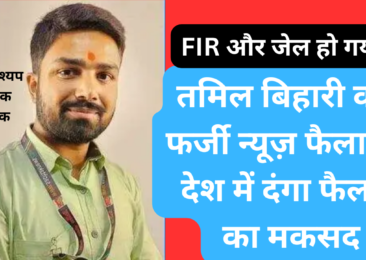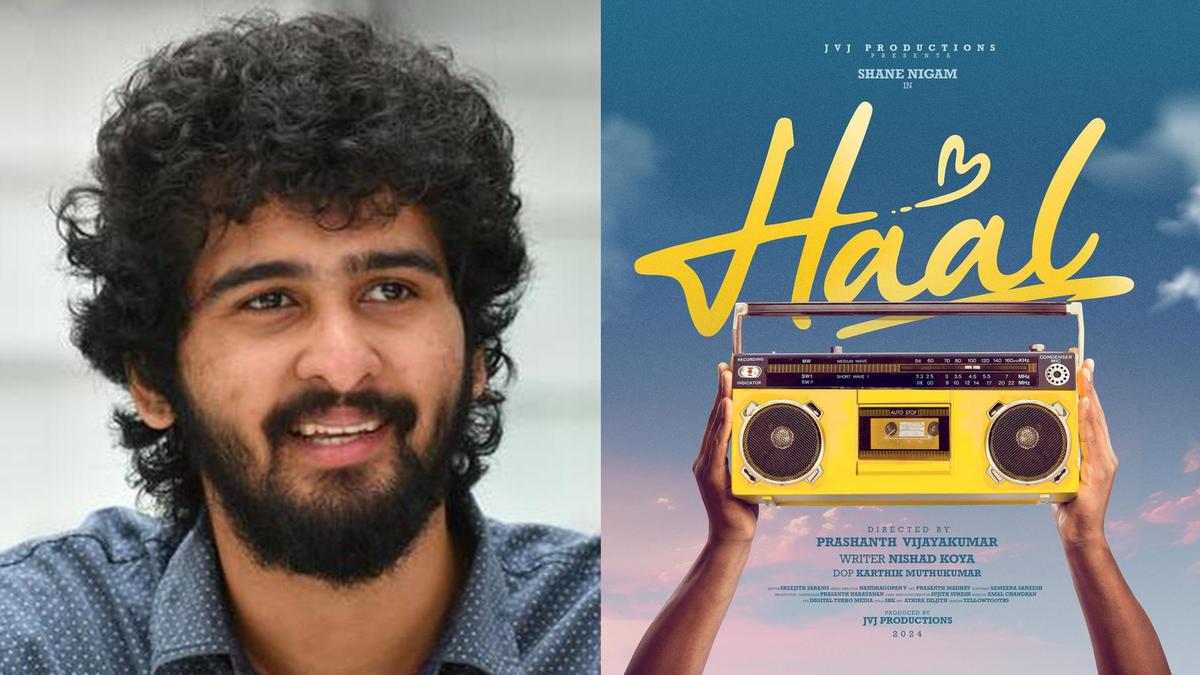The return of MAMI: What to expect from the 2023 Mumbai Film Festival
The 2019 edition of the Mumbai Film Festival was among its most memorable, with packed screenings for Eeb Allay Ooo! and The Irishman alike and horror wunderkind Ari Aster dropping by for a masterclass. And for a while, memories were all we had. The covid-19 pandemic meant that MAMI wouldn’t return with a physical edition for the next few years. The disaffection among the city’s cinephiles was exacerbated when other major Indian fests gradually limped back to life — but not MAMI. It came close in 2022 but had to ultimately scrap the on-ground events owing to logistical and financial challenges. This month, though, it is finally here. The 2023 Jio MAMI Mumbai Film Festival will run from October 27 to November 5, screening over 250 films from over 70 countries.
For Deepti DCunha, the new Artistic Director of the festival, it’s less a return than a resurgence. “MAMI had reached its peak before the pandemic in terms of scale and audience size,” she tellsThe Hindu. “It was screening the best of films from around the globe. So the question before us was not if we should return but how.”
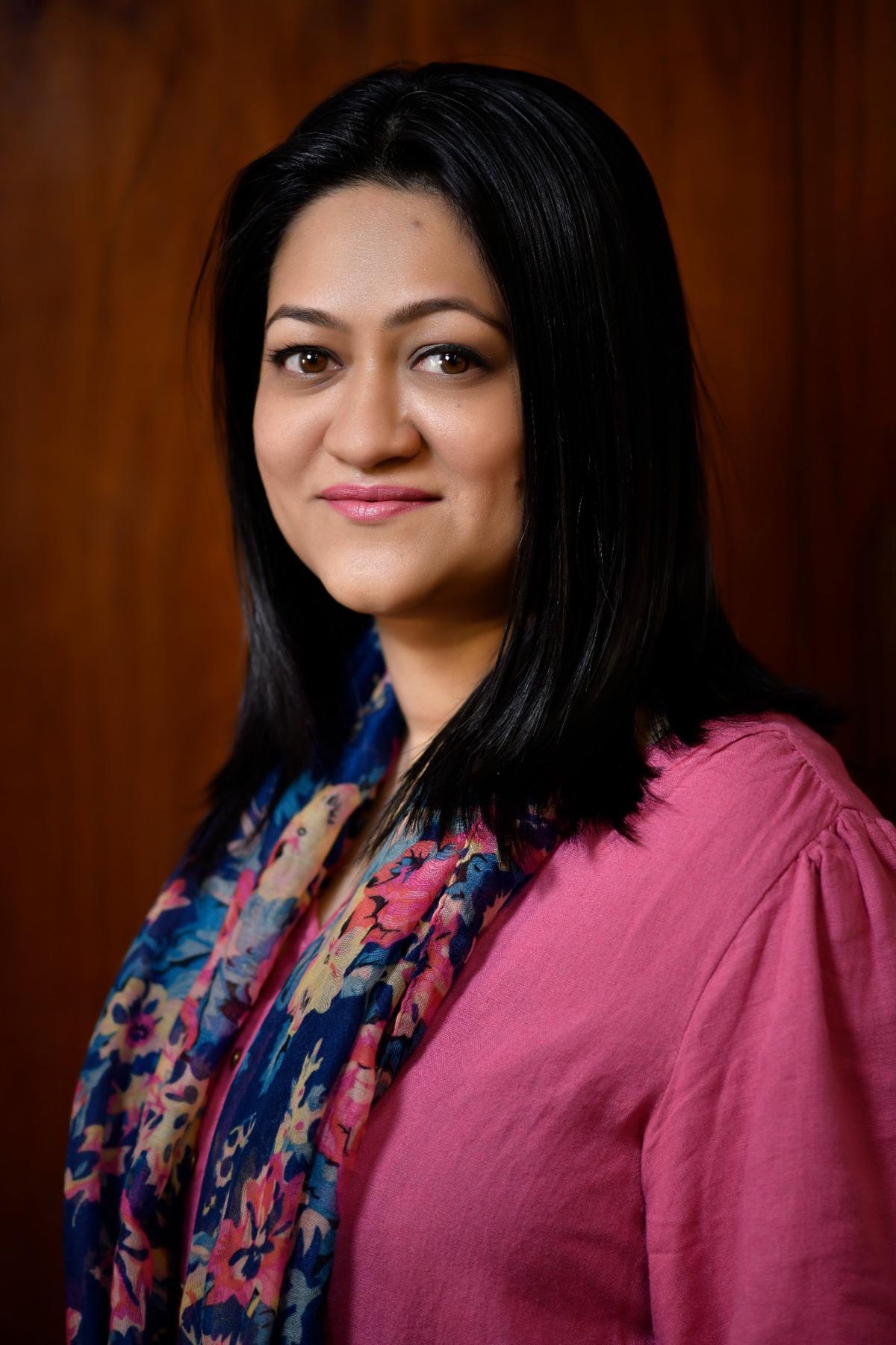
Deepti DCunha, who brings years of experience consulting for big-ticket festivals like Cannes and Locarno
Their response was to reconceptualize and rebrand the festival as a major South Asian, and not merely Indian, festival. This year, MAMI has collapsed its India and international competitions into a lean, unified South Asia Competition, which has 14 films from first or second-time filmmakers from India, Bangladesh, Nepal, Bhutan as well as diaspora talent from the UK and Germany. Oscar-nominated filmmaker Mira Nair is heading the main competition jury; she’s joined by Australian director David Michôd, Filipina filmmaker and actress Isabel Sandoval and Egyptian director Marianne Khoury. There are 46 other films, a mix of features and shorts, in the non-competitive Focus South Asia section.
“There is incredible talent in South Asian countries beyond India but they often do not have their own film festivals and ecosystems,” Deepti, who brings years of experience consulting for big-ticket festivals like Cannes and Locarno, says. Though one-fourth of the world’s population resides in South Asia, the cultural and cinematic output of the region hasn’t been celebrated in proportion with the rest of Asia. “There is a need for identity-building and representation so individual films don’t get lost in the larger world,” says filmmaker and MAMI board member Vikramaditya Motwane.
Spontaneous harmonising is not a very South Asian trait, however. The programmers received over 1,000 submissions from the region, an overwhelming number that broke past records and demanded weeks and weeks of scrupulous reviewing. Indeed, it will be interesting to see Kayo Kayo Colour?, a black-and-white indie feature from Gujarat, compete with something like The Monk and the Gun, a transnational co-production that is Bhutan’s official submission to the Oscars. Deepti says she recognises and intends to spotlight the diversity of voices within the subset of South Asian cinema. “The arthouse cinema of Sri Lanka, for example, has a different tonality from India, because it’s also a country that’s come out of civil war. Many of the filmmakers from Afghanistan are now living in exile. It’s also a challenge to find films from the Maldives and Myanmar.” One of the oldest filmmaking cultures in Asia, the Myanmar film industry has suffered gravely under the ongoing political crisis in the country, with many of its independent-minded directors turning to shorts (three of those are playing at MAMI). “We do have a Burmese feature film, Shwe Pyi Taw Hmyaw Taing Way (Golden Land Fantasy), in the non-competitive lineup,” Deepti says. “We were surprised and thrilled to receive the submission.”
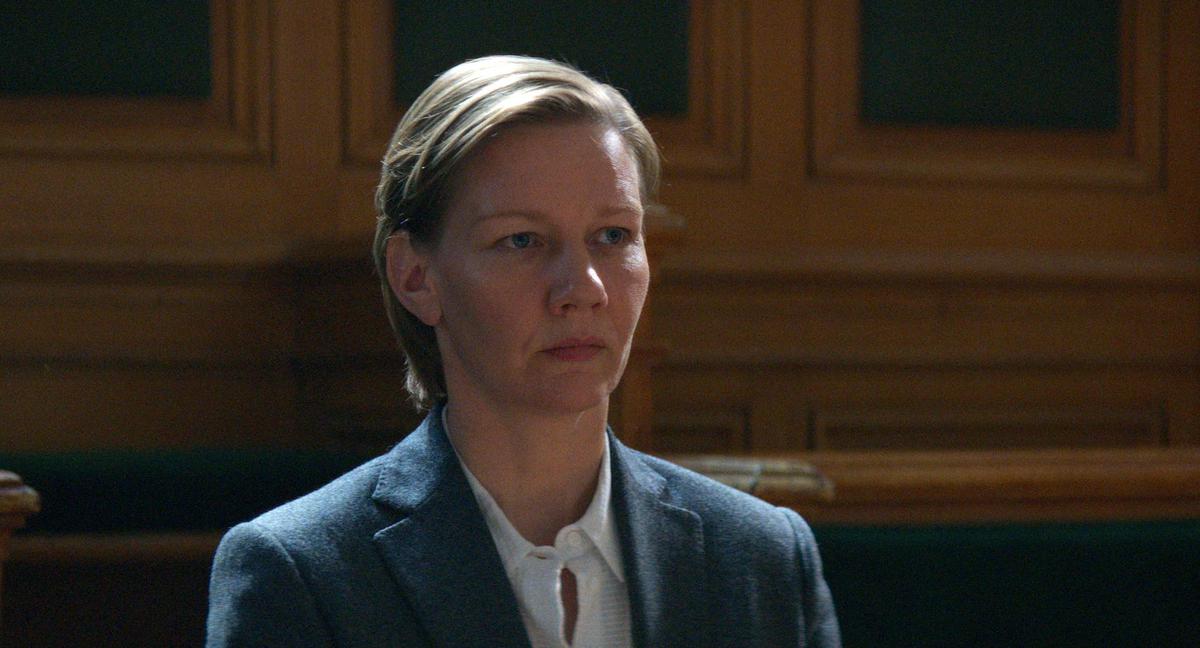
A still from ‘Anatomy of a Fall’
Beyond its area of focus, MAMI has the usual selection of buzzy, prestigious crowd-pullers, including Justine Triet’s Palme d’Or-winning Anatomy of a Fall and Finnish maestro Aki Kaurismäki’s Cannes Jury Prize-winning Fallen Leaves. Other big-ticket showings include Hirokazu Kore-eda’s Monster, Ken Loach’s The Old Oak, Maestro by Bradley Cooper (an Oscar contender), Pedro Almodóvar’s short-length western Strange Way of Life, and the Vietnamese film Inside the Yellow Cocoon Shell, which won the Caméra d’Or at Cannes. From India, Anurag Kashyap’s Kennedy, Varun Grover’s All India Rank, Devashish Makhija’s Joram and other anticipated titles are premiering domestically at the festival (a conspicuous miss, Deepti concedes, is Kiran Rao’s sophomore directorial Laapataa Ladies). There’s more fun to be had. Jongsuk Thomas Nam, the managing director of the Bucheon International Fantastic Film Festival (BiFan), Asia’s hottest genre festival, has curated the After Dark section at this year’s MAMI, and has wisely included a 4k restoration of Park Chan-wook’s Oldboy.
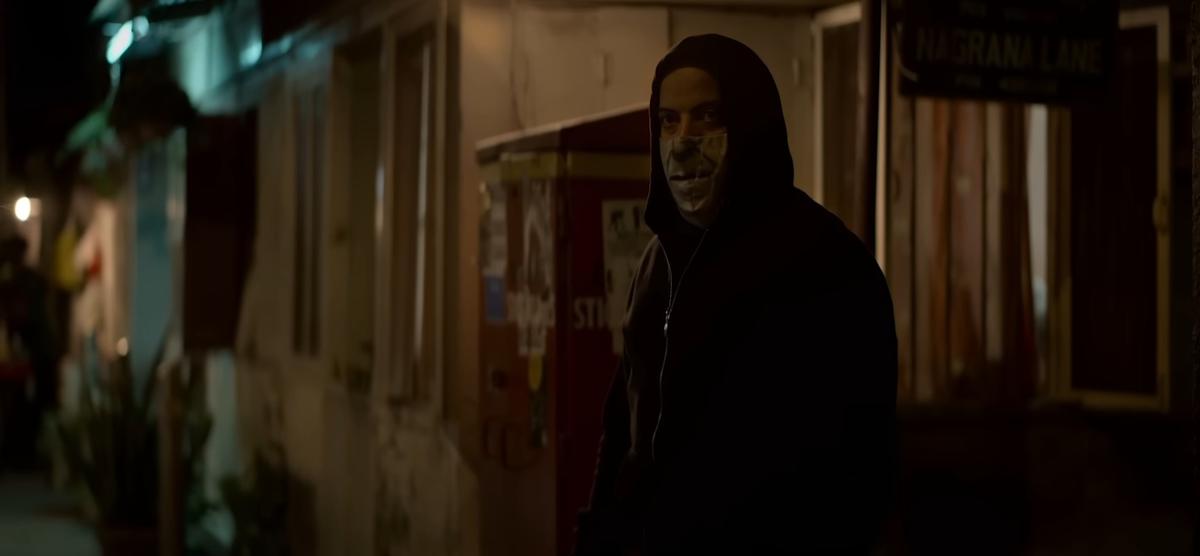
Rahul Bhat in Anurag Kashyap’s ‘Kennedy’
Seven of the heavy-hitters will be screened at the 2000-seater Grand Theatre at the Nita Mukesh Ambani Cultural Centre in BKC, which will serve as the main hub of the festival. The opening of the multi-disciplinary cultural centre this year has coincided with the return of physical MAMI (the festival’s title sponsor, Reliance Jio, owns the venue).
There will also be daily red carpets and a dedicated press centre in the style of Cannes and Venice.
“The challenge in Mumbai has always been to find a centralised facility for MAMI,” says film director and MAMI trustee Rohan Sippy. “In the early years, the Yashwantrao Chavan Centre in South Bombay provided that kind of an experience on a smaller scale. It later moved to the National Centre for the Performing Arts (NCPA) and assorted theatres. This year, with NMACC as the hub, it’s just the right anchoring.” Still, it’s advisable to check expectations as regards international movement on the red carpet. “With SAG-AFTRA strikes in Hollywood it’s a little unpredictable this year,” Rohan says. “But the way world affairs are going in general, India is certainly on everyone’s mind. So there must be a natural inclination to visit and participate.”

A still from Bradley Cooper’s ‘Maestro’, a biopic of Leonard Bernstein through the lense of his marriage to Felicia Montealegre
Non-fiction picks at this year’s MAMI include Anand Patwardhan’s new documentary, years in the making, called Vasudhaiva Kutumbakam (The World is Family); Nishtha Jain’s PaathKatha (Golden Thread), which looks at India’s disappearing jute mills; Sarvnik Kaur’s Against The Tide, winner of the Special Jury Award: Vérité Filmmaking at Sundance; Vinay Shukla’s While We Watched, on former broadcast journalist Ravish Kumar; and Motwane’s own three-part docuseries Indi(r)a’s Emergency. “We have been working on it for three years and now it’s ready to show,” Motwane says. “It’s been an archival process of revisiting the harsh years of the Indian emergency.”
In a thoughtful gesture, the programmers have also included films from the past two editions of MAMI. The section, simply titled ‘Recap’, has 36 Indian films from 2020 and 2022 that missed out on physical screenings (though many played at other festivals). If you have already seen Achal Mishra’s Dhuin or Ivan Ayr’s Meel Patthar or Ajitpal Singh’s Fire in the Mountains on streaming sites, but would like to savour them on the big screen, in a dark theatre at the heart of Mumbai, this is your chance.

